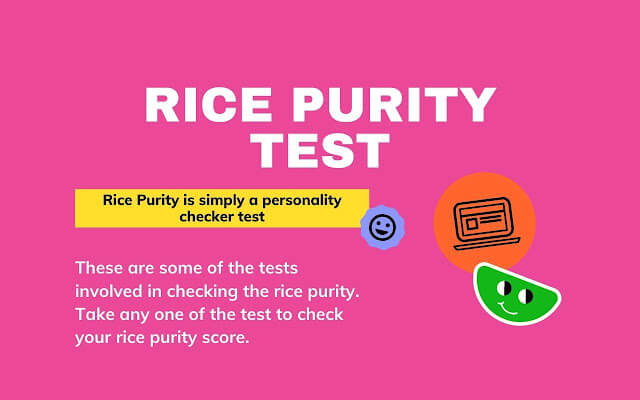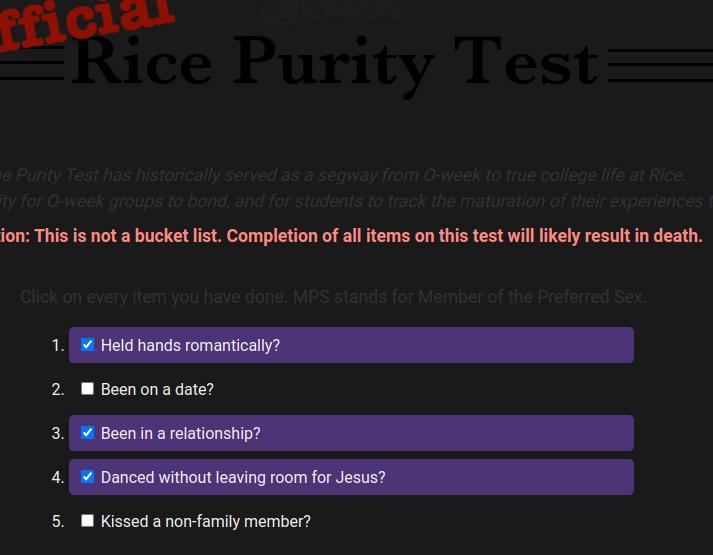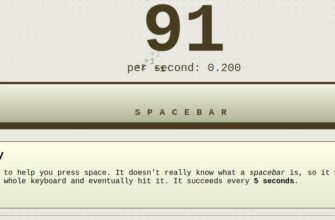The Rice Purity Test is a self-assessment survey that originated at Rice University in the 1980s. Designed to measure a person’s innocence and experiences, it consists of a series of questions about various life experiences, ranging from harmless activities to more intimate or risky behaviors. The test is often used for fun and to spark conversations, rather than as a serious psychological or moral evaluation.

How Does the Rice Purity Test Work?
The test typically includes a list of 100 questions that cover a wide range of experiences. Participants are asked to mark off each item they have experienced. The total number of affirmative answers is then subtracted from 100 to determine the “purity” score. A higher score indicates fewer experienced activities, while a lower score suggests more varied experiences.
The Purpose of the Rice Purity Test
Originally intended as a playful way to understand and discuss personal experiences, the Rice Purity Test has evolved into a popular tool for self-reflection and social interaction. It provides a way for individuals to share their life experiences with others in a light-hearted manner, often leading to discussions about personal values and experiences.
Popularity and Cultural Impact
The Rice Purity Test gained significant popularity on college campuses and among young adults. Its appeal lies in its straightforward, somewhat provocative nature, which can lead to humorous or insightful conversations. Over time, it has become a cultural phenomenon, with various adaptations and versions appearing online.
How to Take the Rice Purity Test
Taking the Rice Purity Test is straightforward. You can find the test online on various websites, and it is usually available in a printable format or as an interactive digital quiz. Simply answer each question honestly, tally your score, and reflect on your results. Remember, the test is intended for entertainment and self-reflection, so approach it with an open mind.








